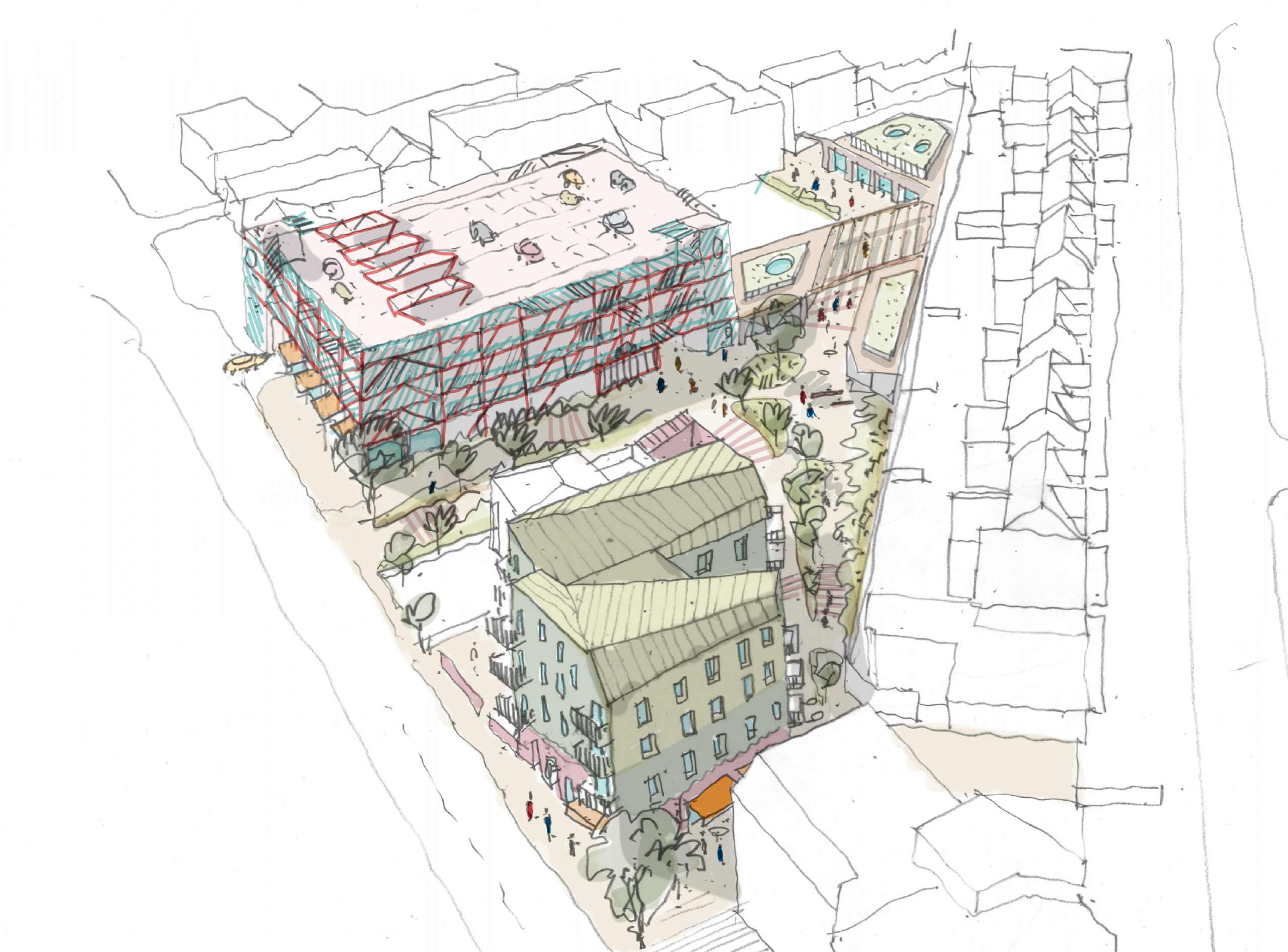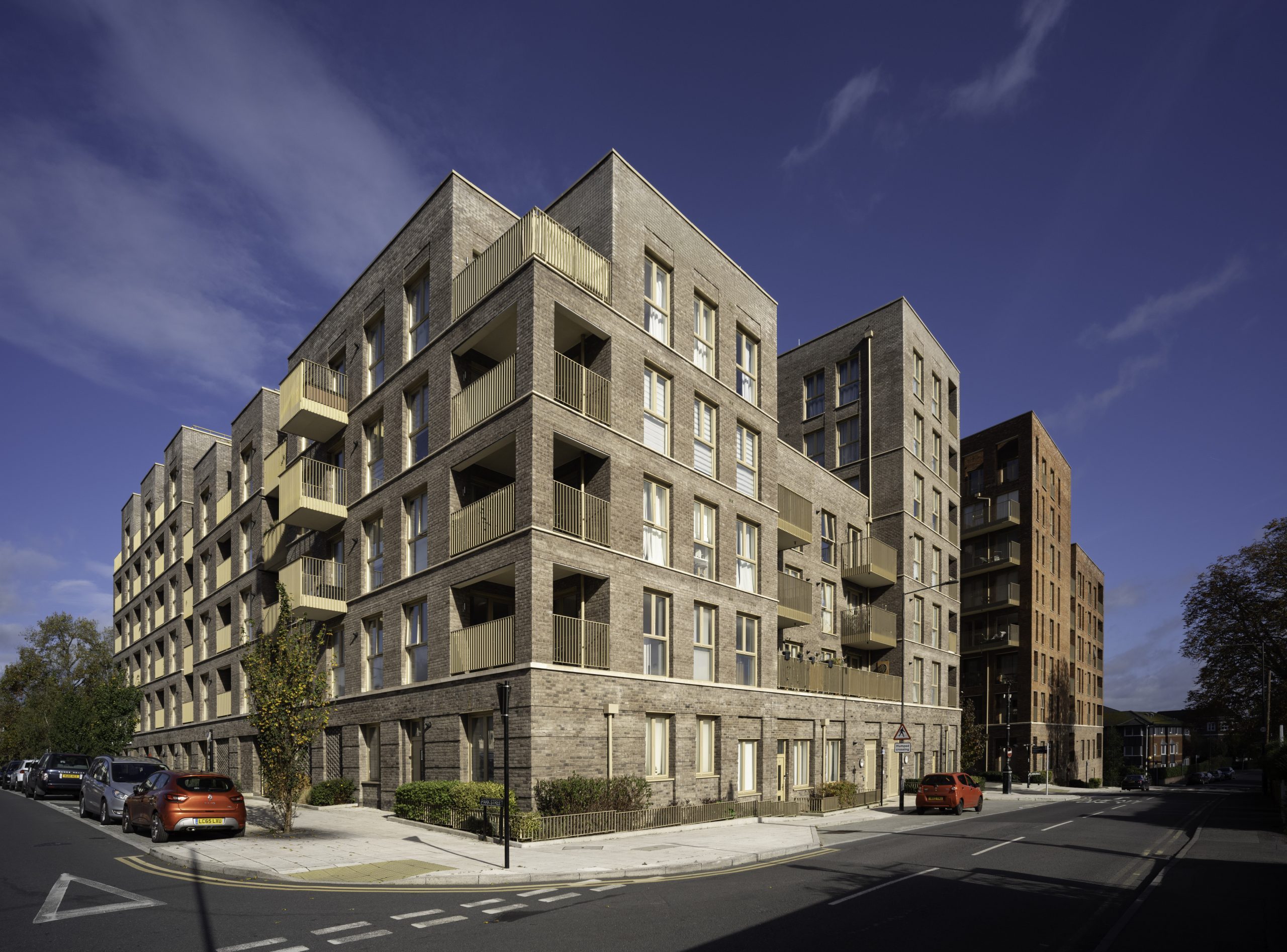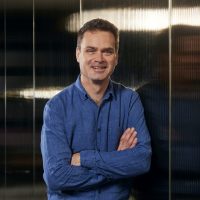Rethinking town centre land: Could car parks house the future?
Associate Director Nick Edler reflects on how town-centre car parks can help tackle the housing crisis while safeguarding local communities.
Much has been said about how we could achieve a carless society, living around well-connected centres that facilitate active travel and everyday needs within walking distance. While urban centres are making great strides in achieving this reality, seeing a clear shift towards walking and cycling, rural and many suburban communities still rely heavily on private cars to access essential services, commute and live day to day. Without a radical overhaul of public transport infrastructure and safe cycle networks, this reliance is not likely to change any time soon.
With few exceptions, rural and suburban public transport networks are simply not in a position to meaningfully reduce dependence on the car. This is not just an issue of carbon footprint, (yes, EVs combat problems of air pollution, but they still take up precious space….) but also a spatial one. In many towns, car parks dominate at the expense of high-quality public realm, severing pedestrian connections and consuming a disproportionate amount of land.
I believe there is a real opportunity to rethink and reprioritise our centre-of-town car parks as a viable solution to deliver much-needed housing and community-driven spaces. This doesn’t mean eliminating parking provision altogether but rather reprioritising these sites to reintroduce the finer urban grain typical of British towns – condensing parking provision and integrating mixed-use development that supports both residential and community needs. Afterall, if we are to build 1.5 million new homes over the next decade, we must consider how to meet this need while balancing housing demand with community wellbeing.
Town centre car parks are often in local authority ownership, offering an opportunity for councils to define strategies for these spaces, to at least have a long-term spatial vision, even if not the means, to deliver the infrastructure, places and homes needed locally. Many of these car parks were introduced without much regard for historic street patterns or the surrounding context. Reimagined, they could help repair fragmented urban fabrics and lost pedestrian routes—potentially acting as catalysts for wider regeneration. Ironically, these sites are often already well-served by public transport.
Of course, funding remains a significant barrier, and few local authorities have the cash or capacity to deliver such projects alone. Strong leadership, strategic partnerships, and a clear vision are essential. But these challenges are not insurmountable.




Take our project at York Road in Maidenhead, which reimagined an underutilised town centre car park in a key yet neglected part of the town. The Royal Borough Of Windsor & Maidenhead, which owns the site, recognising the potential to provide new homes and establish a new setting for the town hall (and some cash injection for the authority) formed a joint venture with a property developer Countryside. As well as bringing green into the site, the layout creates views and improves access to a refurbished waterway, the York Stream, now accessible and teeming with wildlife. The 140-home scheme forms a new backdrop to the stream; a new public square, densely planted along the York Stream walkway, offers a place of pause that straddles both the urban and natural.
Similarly, in Clacton-on-Sea, Tendring District Council recognised the potential of a centrally located site to provide new homes – retained under council ownership – while reinforcing pedestrian links from the station to the town centre and sea-front. The brief included the re-provision of the existing 300 parking spaces which were at the end of their life. By consolidating all parking into a new structure, reminiscent of the playful local architecture, we were able to release a substantial area for new public realm and community work units – offering a much-needed green stepping stone in a town centre otherwise devoid of greenery.
Clearly, centre-of-town car parks will only scratch the surface or land needs, but if re-evaluated with spirit and imagination, they do offer the potential to better connect residents to their town centre through new green space and places to live. Let’s make sure we have completely exhausted these opportunities before we start reaching for the easy pickings of greenfield sites at the edge-of-town, that run the risk of not being well connected and promoting further reliance on the private car.
